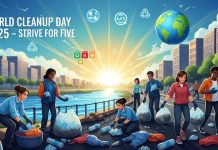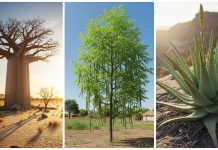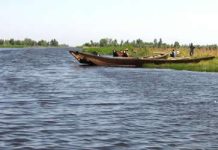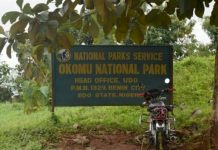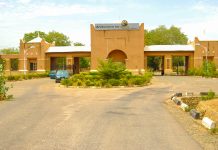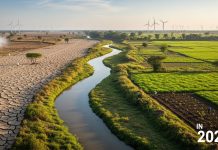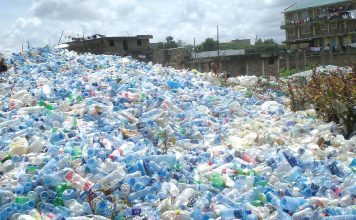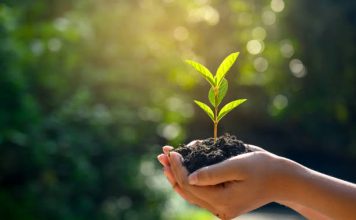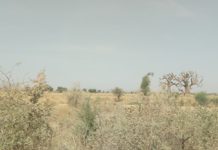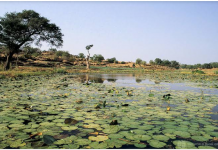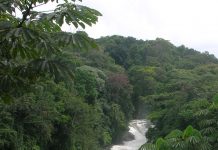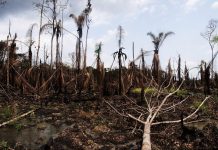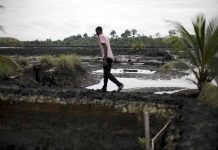Fourth Land Accelerator Africa opens for application
Signed by Land Accelerator Africa Manager, World Resources Institute, Samuel Kabiru and Communications and Advocacy Officer, Teko Nhlapo, the statement emphasised that this year’s edition encourages women-led and youth-led companies to apply.
Former minister calls for speed in Ogoni land cleanup
Former Minster of Environment, Mrs. Hadiza Mailafia, has said the cleaning up of Ogoniland in Rivers State, Nanka in Anambra and other...
Gombe losing 600m of land to desert encroachment annually, says GGP
The Gombe State Greener Project (GGP) has called for urgent action as the the rate of desert encroachment in the state hits...
Overgrazing, others threaten Hadejia Nguru Wetlands – NCF
Nigerian Conservation Foundation (NCF) has named overgrazing, drought, excessive logging activities and poor management of upstream water development scheme as major threats...
WATER, FCPF others move to save Cross River forest
A non-governmental organization, Wise Administration of Terrestrial Environment (WATER) has organised an “institutional capacity building workshop to check the massive degrading of rainforest...
Ogoni cleanup: Remediation commences in 16 sites says Zarma
While stating that water facility inventory, sampling and surveys were ongoing in partnership with RSG, he pointed out that the process of rehabilitation of existing water facilities has commenced in Ogoni land
Minister, others visit UK over Ogoni clean up
UNEP’s 2011 assessment of Ogoniland revealed that bringing back important ecosystems to full productive health could take up to 30 years. The report had recommended that a $1 billion should be set aside for the first five years of remediation activities.
Women cry out over diseases in Ogoni land
“My community has 56 oil wells and so the pollution level is high. However, HYPREP’s effort to clean up the land is not going well because it did not provide the emergency measures needed, especially for the safety of women," she said.
Group questions Nigerian Government over Ogoni cleanup process
Civil society groups are questioning the process being adopted by the federal authorities to remedy the sites of...
